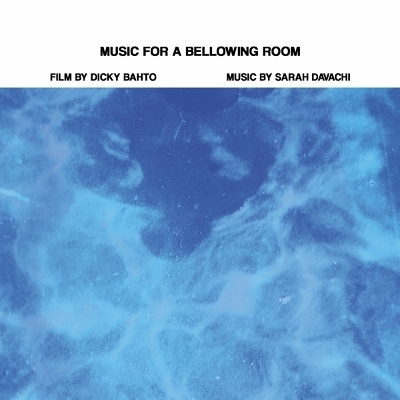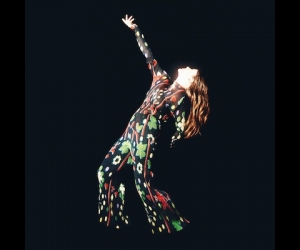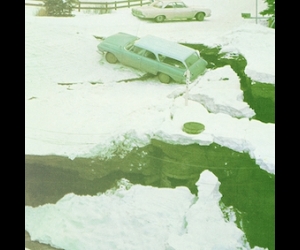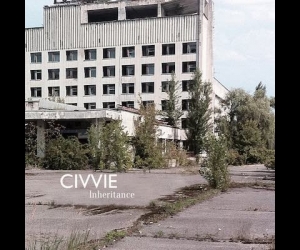
Sarah Davachi’s drones are unearthed from the deep. The Los Angeles-based Canadian composer’s pieces draw equally from the tenets of early music and La Monte Young-esque minimalism, blending ancient and modern into solemn meditations. Her latest two releases, Music for a Bellowing Room and The Head as Form’d in the Crier’s Choir, display the solitude and subtlety of her practice, each finding the smallest moments in time and stretching them out into the distance.
Each album shows Davachi’s different approaches to composition and instrumentation, highlighting both her electronic improvisation and her acoustic writing. But her subtle approach shines on both of them. Davachi excels at exploring the gentle, soft nuance of sound as it emerges from her instruments, embracing the gradual changes that transform into seismic shifts as time progresses. Her drones often expand from low, vibrant pulses, steadily growing taller and ending in a far different place from where they began. With these two albums, Davachi builds on her established methods, offering two new, polished versions of her vision.
Music for a Bellowing Room, a durational work created in collaboration with Los Angeles-based filmmaker Dicky Bahto, presents three variations on an improvisation for electronics. These extended pieces—each clocking in at around an hour—were commissioned by the Museum of Modern Art in New York, where they were living embodiments of the space, akin to the sound installations of Maryanne Amacher or the early music of Éliane Radigue. These three improvisations don’t feel new, but they do exemplify Davachi’s attention to nuance and patience. Each variation begins with a solemn hum and gradually expands as each note enters or disappears. It’s an exploration of the overtones that emerge and evolve, and the way that sound can change in barely the blink of an eye.

With The Head as Form’d in the Crier’s Choir, Davachi expands on the small-ensemble, ancient-meets-modern compositions of 2022’s Two Sisters. Much of the album sounds like a church service in a sanctuary whose occupants are ghosts. Davachi’s music often offers space for gentleness, but here she tends to explore dissonant crunch, watching unmatched tones collide into each other and fall away. It adds to the album’s overall feeling of solitude and tension, leaning further into the eeriness that haunts her music. It’s like an echo from a dream of the past that still reverberates, a drone that reaches back to usher toward the present, and then the future.
.


